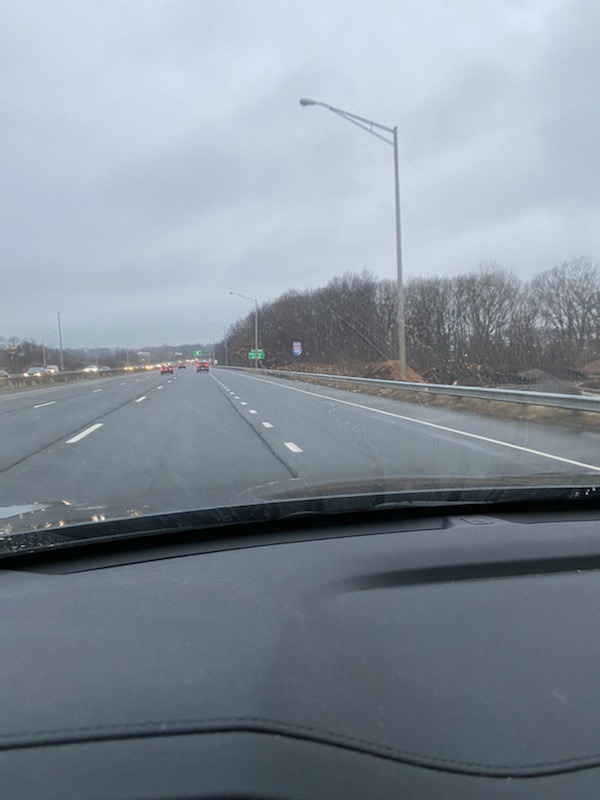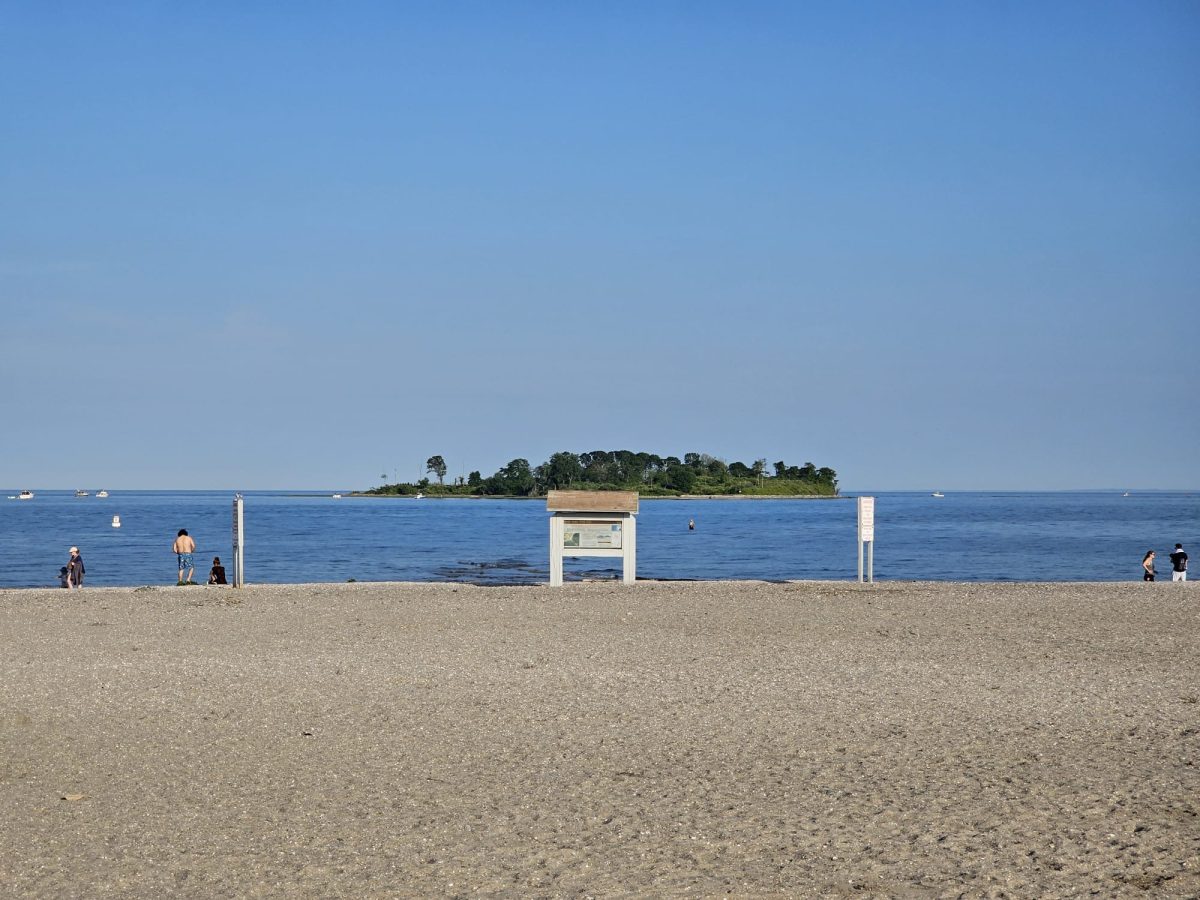Interstate 95: A Compelling History
Interstate 95: “The Road Most Traveled”
January 4, 2022
The country’s most traveled road, Interstate 95, commissioned in 1956 by President Eisenhower’s National Interstate and Defense Highways Act, has a compelling history behind its legacy. It spans nearly 2,000 miles from Florida to Maine to serve millions of people, shaping lives for decades.
The North to South Interstate is a crucial part of tourism and commerce, linking scenic New England with the end of Southern Florida. Interstate 95 passes through 15 states; more than any other highway, not to mention the countless branch highways receding from it.
The highway also travels along almost the same route that revolutionaries traveled during the American Revolution, carrying with it today over 600 exits, almost 500 24/7 gas stations, and many public rest stops.
Another original route which was essential to the formation of the nation’s roads was Route 1, or the Boston Post Road, which runs from Philadelphia to Boston.
According to the article “Starting A Journey On I-95, The Road Most Traveled,” “The Department of Transportation says that each year I-95 gets more VMTs — that’s vehicle miles traveled — than any other road.”
Federal spending of $25 billion was authorized in 1956, which in today’s money would be ten times more. This authorized the planning of 41,000 miles of interstate highways to be built, making it the biggest American works project at the time. It was estimated to take 10 years to complete, but it instead took 62.
The last tiny part of I-95 took two decades to complete because a small part in New Jersey wasn’t finished for a long time, and the highway used to be cut off for a short while, at least prior to 2018 when it was finally completed.
Plenty of this land during the initial construction was taken from people without their assent via the process of eminent domain.
75 year old Stratford resident Richard Klaff comments on this, “They have the right to take people’s houses if it’s for the good of the community. But sometimes they didn’t give you enough money and you had to argue for it, sometimes they paid less for what they should have.”
Klaff was a child during the construction of the interstate, and remembers it taking around five to seven years to be constructed where he lived at the time. He recalls that there were piles of dirt on each side of the highway to build the foundations, and girders and bridges had to be built so cars and trucks could travel underneath.
Another Connecticut resident, although born too late to remember the highway’s construction, is Charlie Peabody, who lived in East Hampton.
He explains how travel used to work before the advent of 95, saying,”One of my grandparents lived in Norwalk, and we used to go down the Merritt Parkway instead because 95 wasn’t there.”
The bill commissioning the interstate construction was passed and signed by Eisenhower under the term Defense. The Cold War president argued that if there were an armed invasion of the United States by a foreign power, the American people would need good roads to transport troops and supplies across the country.
Overall, Interstate 95 is a crucial part of our everyday lives today, but is taken for granted by many. Its sprawling roads, while not the prettiest, serve their practical function in connecting the eastern seaboard and weaving together the lives of many.









Linda Burton | May 3, 2024 at 1:08 PM
I believe there was a fatal accident on I95 in Connecticut, before it was officially opened. Why is that not mentioned?
adviser | May 31, 2024 at 8:29 AM
because that was not part of this story of the history of I-95.